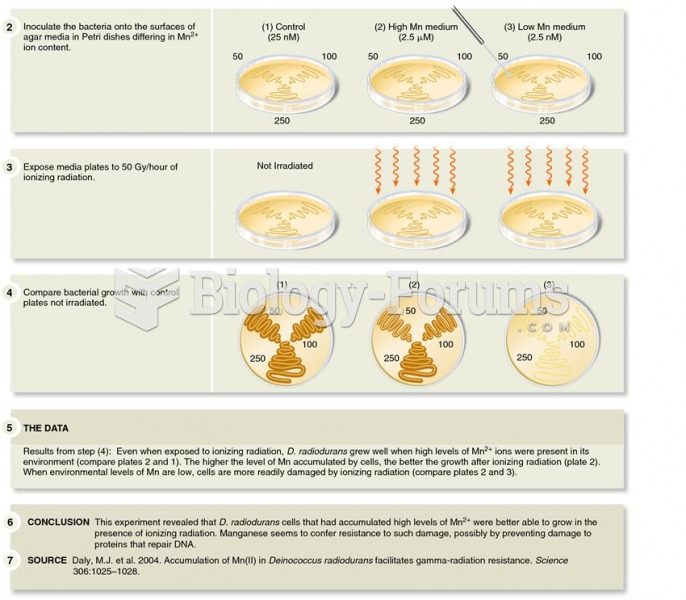Answer to Question 1
An opinion. Due to contamination of peanut products (>3400 food items), food manufacturers using nut products are re-thinking how products are processed and labeled. FALCPA is an amendment to the Federal Food, Drug, and Cosmetic Act that requires that the label of a food that contains an ingredient that is or contains protein from a major food allergen declare the presence of the allergen in the manner described by the law.
FALCPA identifies eight foods or food groups as the major food allergens. They are milk, eggs, fish (e.g., bass, flounder, cod), crustacean shellfish (e.g., crab, lobster, shrimp), tree nuts (e.g., almonds, walnuts, pecans), peanuts, wheat, and soybeans. FALCPA requires food manufacturers to label food products that contain an ingredient that is or contains protein from a major food allergen in one of two ways. The first option for food manufacturers is to include the name of the food source in parentheses following the common or usual name of the major food allergen in the list of ingredients in instances when the name of the food source of the major allergen does not appear elsewhere in the ingredient statement. The second option is to place the word Contains followed by the name of the food source from which the major food allergen is derived, immediately after or adjacent to the list of ingredients, in type size that is no smaller than the type size used for the list of ingredients. For example: Contains Wheat, Milk, Egg, and Soy. FALCPA requires the type of tree nut (e.g., almonds, pecans, walnuts); the type of fish (e.g., bass, flounder, cod); and the type of crustacean shellfish (e.g., crab, lobster, shrimp) to be declared.
Answer to Question 2
Foods can be altered or peanut-free foods can be substituted; however, treating or processing peanut-containing foods might irreversibly change the final food product. It is probably more important that all foods be labeled clearly and truthfully.







